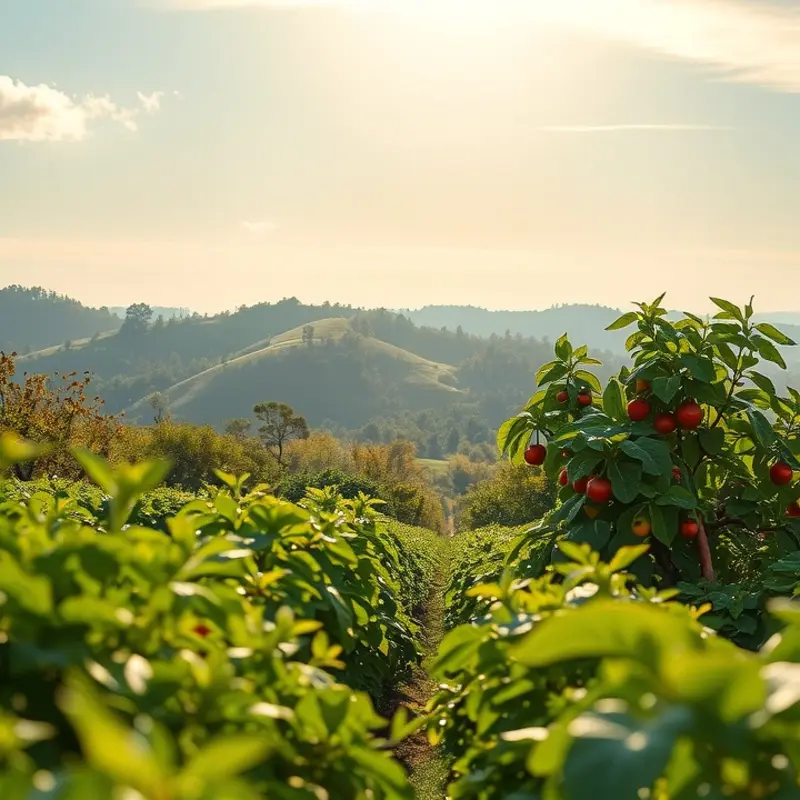Creating homemade gnocchi can seem challenging, especially for busy individuals and families. However, with a little planning and organization, this delightful dish can become a staple in your meal rotation. The key lies in prepping and storing it in advance, making mealtimes not only easier but also tastier. Let’s explore practical steps that will simplify your cooking routine and help you enjoy this cherished Italian delicacy, ensuring you have quick homemade meals ready to serve whenever you need.
The Basics of Gnocchi Preparation

Creating perfect gnocchi begins with choosing the right potatoes. Opt for russet or Yukon Gold varieties due to their higher starch content and lower moisture, which helps achieve that desired fluffy texture. Avoid waxy potatoes, as they can result in dense dumplings.
Start by boiling the potatoes whole and with their skins on. This method minimizes moisture absorption, making the dough less sticky. Once they are fork-tender, let them cool slightly, then peel and pass through a ricer. This tool is essential to achieve a consistent, lump-free mash. For busy cooks, this process can be done in advance, storing the riced potatoes for up to a day in the refrigerator.
When you’re ready to form the dough, gather your ingredients. Beyond the potatoes, you’ll need all-purpose flour, egg, and a pinch of salt. Use a simple ratio: one cup of flour per pound of potatoes and one egg for every two cups of flour. Flours may vary slightly by brand, so adapt as needed, adding more to get the right consistency without becoming dry.
Create a well in your riced potatoes, then add the flour, egg, and salt. Gently mix until a soft dough forms. Avoid overworking, which can lead to tough gnocchi. Visual cues are more reliable than timing, so when the dough is soft but not sticky, you’re ready.
Roll the dough into logs on a lightly floured surface, then cut into bite-sized pieces. If you’re beside yourself with time, add the classic ridges with a fork. This step isn’t necessary, but it helps hold more sauce.
Batch-cooking gnocchi offers convenience for the week ahead. Once shaped, lay your gnocchi on a baking sheet lined with parchment paper. Freeze them until solid, then transfer to a storage bag for long-term freezing. This method allows you to grab a portion when needed, cooking directly from frozen without thawing.
To cook, bring a pot of salted water to a rolling boil. Add your frozen gnocchi, stirring gently. They’re cooked once they rise to the surface, usually within 2-3 minutes. For a twist, lightly sauté in olive oil or butter after boiling, creating a crispy edge to contrast the pillowy center.
To further streamline your gnocchi-making process, explore practical ingredient batching techniques. This way, you optimize your kitchen time and maintain a steady supply of ready-to-cook meals. For more insights on streamlining your culinary efforts, check out this guide on practical ingredient batching. Remember, preparation is the key to effortlessly incorporating homemade gnocchi into your meal plans, even on the busiest of days.
Storing and Cooking Frozen Gnocchi

Once you’ve prepared a batch of gnocchi, ensuring it remains fresh for future meals is essential. Freezing is a practical way to store your gnocchi, maintaining both flavor and texture until you’re ready to enjoy. Here’s how you can master the art of storing and cooking frozen gnocchi.
To freeze gnocchi effectively, start by laying them in a single layer on a parchment-lined baking sheet. Flash-freeze them for about one hour to prevent sticking. Once they’re hard, transfer the gnocchi to airtight freezer bags or containers. This technique preserves their shape and prevents clump formation. Store them for up to two months, making sure to label each package with the date.
When you’re ready to cook your frozen gnocchi, there’s no need to thaw them first. Directly transferring the gnocchi into boiling salted water ensures they cook evenly. Add them gently to prevent boiling water from splashing. The gnocchi are ready when they float to the surface, needing only an extra minute of cooking thereafter.
Reheating frozen gnocchi doesn’t stop with boiling. Sautéing them in a pan with a bit of butter or olive oil gives them a delightful crispy exterior, adding a new dimension of texture and flavor. Ensure that the pan is hot enough to sear without burning.
Pairing your gnocchi with the right sauce can elevate your dining experience. For spring and summer months, consider light, fresh sauces such as a basil pesto or a simple garlic lemon oil. Autumn and winter call for heartier accompaniments like gorgonzola cream or a rich tomato ragù. Remember, sauces can also be prepared ahead and frozen separately, allowing you to mix and match flavors effortlessly.
For those prioritizing low-waste practices, consider making larger batches of sauce simultaneously. This reduces individual cooking times and maximizes the use of electrical energy. For insights on low-waste cooking techniques, check out this link on low-waste cooking prep.
By mastering these storage and cooking techniques, your meal prepping is not only efficient but also enhances your culinary options. With minimal effort, you can enjoy restaurant-quality gnocchi at home, bringing delight to hectic days or quiet evenings alike.
Final words
Preparing gnocchi ahead of time allows busy individuals and families to enjoy the comforting taste of homemade Italian cuisine without the stress of daily cooking. By mastering the simple steps of making, storing, and reheating gnocchi, you can enhance your meal planning and bring joy back to weeknight dinners. With your gnocchi readily available, you’ll not only save time but also create cherished family moments around the table, savoring every bite of your deliciously prepared meal.







